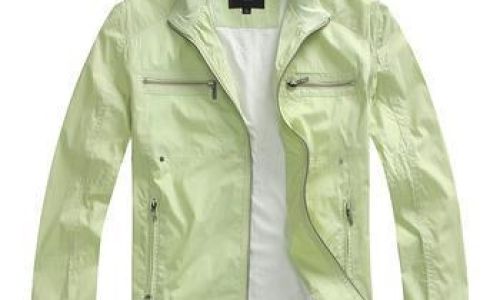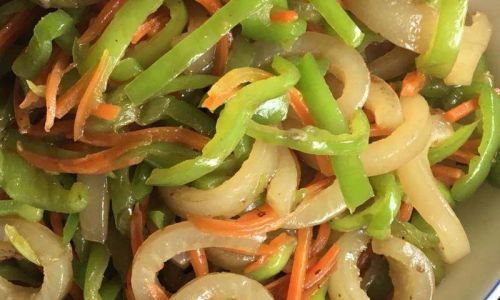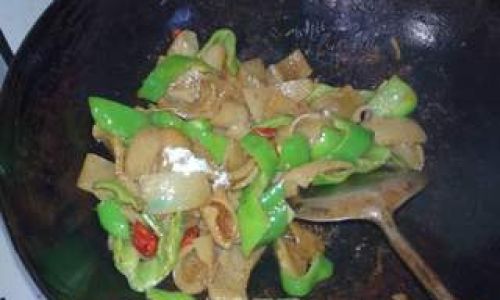Table of content
Tea is a beloved beverage enjoyed by millions worldwide, offering comfort and warmth throughout the day. However, accidental spills on clothing can turn a relaxing moment into a stressful ordeal. Tea stains, particularly from black tea or herbal blends, contain tannins that bond with fabric fibers, creating stubborn discoloration if not treated promptly. Fortunately, with the right techniques and household items, removing tea stains from clothes is achievable. This article explores step-by-step methods, from immediate actions to long-term solutions, ensuring your garments remain pristine.
Understanding Tea Stains
Tea stains are caused by tannins—natural compounds found in tea leaves—that oxidize when exposed to air, creating a yellowish-brown hue. The longer the stain remains untreated, the harder it becomes to remove. Fabric type also plays a role: delicate materials like silk or wool require gentler care, while cotton or polyester blends may tolerate stronger treatments.
Act Quickly: Immediate Steps to Minimize Damage
The golden rule of stain removal is to act swiftly. The sooner you address the spill, the higher the chance of complete removal.
- Blot, Don’t Rub: Use a clean cloth or paper towel to gently blot the stain, absorbing excess liquid. Avoid rubbing, as this spreads the tannins deeper into the fabric.
- Rinse with Cold Water: Hold the stained area under cold running water from the backside of the fabric. This forces the stain outward rather than driving it deeper.
- Avoid Heat: Never use hot water or heat sources like hairdryers, as heat sets the stain permanently.
Household Remedies for Tea Stains
Vinegar Solution
White vinegar is a mild acid that breaks down tannins without damaging most fabrics.

- Steps:
- Mix one part white vinegar with two parts cold water.
- Soak the stained garment for 15–30 minutes.
- Gently scrub the area with a soft brush or sponge.
- Rinse thoroughly with cold water and launder as usual.
- Tip: For stubborn stains, apply vinegar directly to the spot before washing.
Baking Soda Paste
Baking soda’s alkaline properties neutralize acidic stains like tea.
- Steps:
- Create a paste by mixing baking soda with a small amount of water.
- Apply the paste to the stain, gently rubbing it in with your fingers.
- Let it sit for 30 minutes, then rinse with cold water.
- Launder the garment and air-dry.
Lemon Juice
Lemon juice acts as a natural bleaching agent, ideal for light-colored fabrics.
- Steps:
- Squeeze fresh lemon juice onto the stain.
- Expose the fabric to sunlight for 1–2 hours (sunlight enhances lemon’s bleaching effect).
- Rinse with cold water and wash normally.
- Caution: Avoid lemon juice on dark fabrics, as it may cause fading.
Dish Soap
Dish soap is designed to cut through grease but also works on tannin stains.
- Steps:
- Apply a few drops of liquid dish soap to the stain.
- Gently rub the fabric together to create lather.
- Let it sit for 10 minutes, then rinse with cold water.
- Launder immediately.
Hydrogen Peroxide (For White Fabrics)
Hydrogen peroxide is a powerful stain remover but should only be used on white or colorfast garments.

- Steps:
- Test on an inconspicuous area first to check for colorfastness.
- Apply 3% hydrogen peroxide directly to the stain.
- Let it bubble for 5–10 minutes, then rinse with cold water.
- Wash as usual.
Commercial Stain Removers
For persistent stains, over-the-counter products can provide targeted solutions.
- Enzyme-Based Cleaners: These break down tannins and proteins. Apply directly to the stain, wait 15 minutes, then launder.
- Oxygen Bleach: Safe for colored fabrics, oxygen bleach lifts stains without harsh chemicals. Dissolve in water, soak the garment for 1–6 hours, then wash.
- Stain Removal Pens: Ideal for on-the-go treatment. Blot the stain, then rub the pen’s tip over the area before laundering.
Fabric-Specific Tips
- Cotton/Linen: Tolerates boiling water. After blotting, soak the garment in a mixture of 1 quart boiling water and 1 tablespoon white vinegar for 15 minutes.
- Synthetic Fabrics (Polyester/Nylon): Use mild detergents and avoid high heat. Soak in cold water with a color-safe bleach alternative.
- Delicate Fabrics (Silk/Wool): Handwash gently with a silk-specific detergent. Avoid rubbing; instead, dab the stain with a vinegar-dampened cloth.
Machine Washing vs. Hand Washing
- Machine Washing: Pre-treat the stain with vinegar or dish soap, then wash on the highest allowed temperature (check the care label).
- Hand Washing: Ideal for delicate items. Use lukewarm water and a gentle detergent, agitating the fabric lightly.
Dealing with Dried or Old Stains
Old tea stains require patience and repeated treatments.
- Soak Overnight: Fill a basin with cold water and 1 cup of white vinegar. Submerge the garment and let it soak for 8–12 hours.
- Repeat Treatments: Apply baking soda paste or enzyme cleaner multiple times, allowing 30 minutes between applications.
- Professional Dry Cleaning: For heirloom or high-end fabrics, consult a dry cleaner experienced in stain removal.
Preventative Measures
- Use a Napkin or Coaster: Place a barrier between your cup and clothing.
- Opt for Stain-Resistant Mugs: Choose mugs with lids or spill-proof designs.
- Check Tea Temperature: Extremely hot tea increases spill risks.
Common Mistakes to Avoid
- Using Hot Water: Sets the stain permanently.
- Overloading the Washing Machine: Prevents proper agitation and stain removal.
- Ignoring Care Labels: Harsh treatments can shrink or damage delicate fabrics.
Conclusion
Tea stains need not spell disaster for your favorite outfits. By acting swiftly, using the right remedies, and adapting techniques to your fabric type, you can restore garments to their original condition. Whether relying on kitchen staples like vinegar and baking soda or investing in commercial products, consistency and patience are key. Remember, prevention through mindful sipping and protective measures can reduce future mishaps. With these strategies, you’ll never let a tea spill dampen your day—or your wardrobe—again.





0 comments